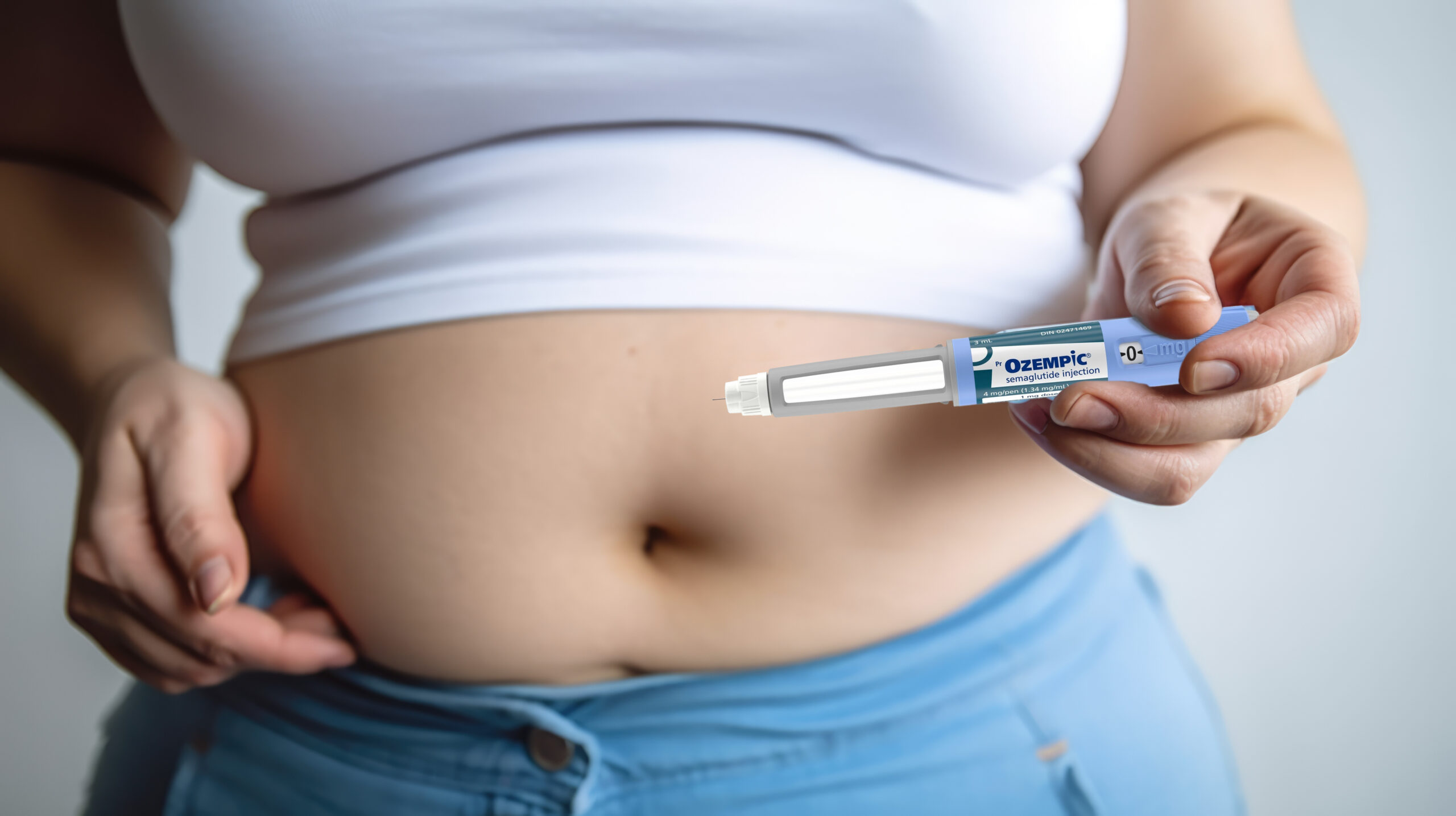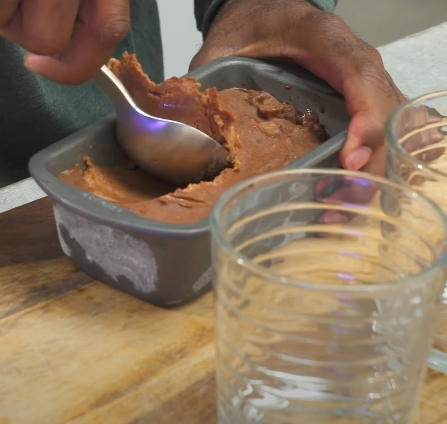When long time fitness guru Mackie Shilstone was asked, what is the difference between moderate-to-vigorous (MVPA) and vigorous physical activity, his simple answer was mild to moderate exercise is not breaking a sweat, while vigorous exercise is highly sweat conducive.
From a physiological perspective, moderate exercise generates 3 to 6 Mets – a measure of metabolism – with vigorous greater achieving greater than 6 Mets. The key element is to decide which form of exercise best fits a person’s lifestyle, health profile, and time allocation.
According to “What is Moderate to Vigorous Exercise,” which appeared in the September 2021 open access journal Frontiers in Physiology, physical activity is defined as: “…any bodily movement produced by skeletal muscles that results in energy expenditure.”
The investigators—from the Faculty of Kinesiology, University of Calgary and the School of Kinesiology, Western University in Canada—point out that exercise intensity—the rate of metabolic energy demand during exercise—can be expressed in absolute terms (e.g., oxygen uptake in liters per minute, power output in watts, heart rate in beats per minute, and speed of locomotion in meters per second or kilometers per hour), or in relative terms (i.e., relative to any of the following: body weight, maximal oxygen uptake, maximal heart rate, or heart rate reserve).
However, additional factors such as genetics, fitness status, and comorbidities like diabetes, obesity, cardiovascular disease status, need to also be considered in the exercise intensity definition.
In his prior, multiple hospital-affiliated wellness and sports performance programs, he used laboratory assessments to determine appropriate exercise intensity.
Those assessments included:
- VO2 Max is defined as maximum endurance capacity – expressed in ml/kg/min.
- VT (ventilatory threshold) occurs, when the system passes a threshold shifting more energy contribution from fat to carbohydrate stores.
- RER (respiratory exchange rate) is used to demonstrate a shift in energy metabolism.
- RQ (respiratory quotient) is indicative of a similar state as RER but at rest.
- Keep in mind, our clients testing was performed in a controlled, laboratory setting – with a cardiac nurse supervising the test, and a preventive-oriented cardiologist interpretating the data – setting the appropriate target heart rates for exercise prescription, based on the client’s objectives.
Here’s how the Canadian researchers described the difference between moderate and vigorous physical activity:
Moderate intensity: Walking 2.5–4 mph (64–76% of heart rate maximum). HRmax can be estimated by subtracting your age from 220, or in certain cases using the formula 208 – (.7 x age).
Moderate intensity exercise examples: Walking briskly, dancing, and playing doubles tennis, or raking the yard, slow and swimming
Vigorous intensity: Fast walking >4 mph (77–93% HRmax)
Vigorous intensity examples: Jogging, running, carrying heavy groceries, or other loads upstairs, shoveling snow, or participating in a strenuous fitness class, and fast swimming.
Before you attempt to increase your intensity of exercise or restart your exercise from a long layoff, especially with age, check with your personal physician for guidance.
Interested in Reading More? Check Out Nutrition & Physical Activity May Modify Covid-19 Risk






